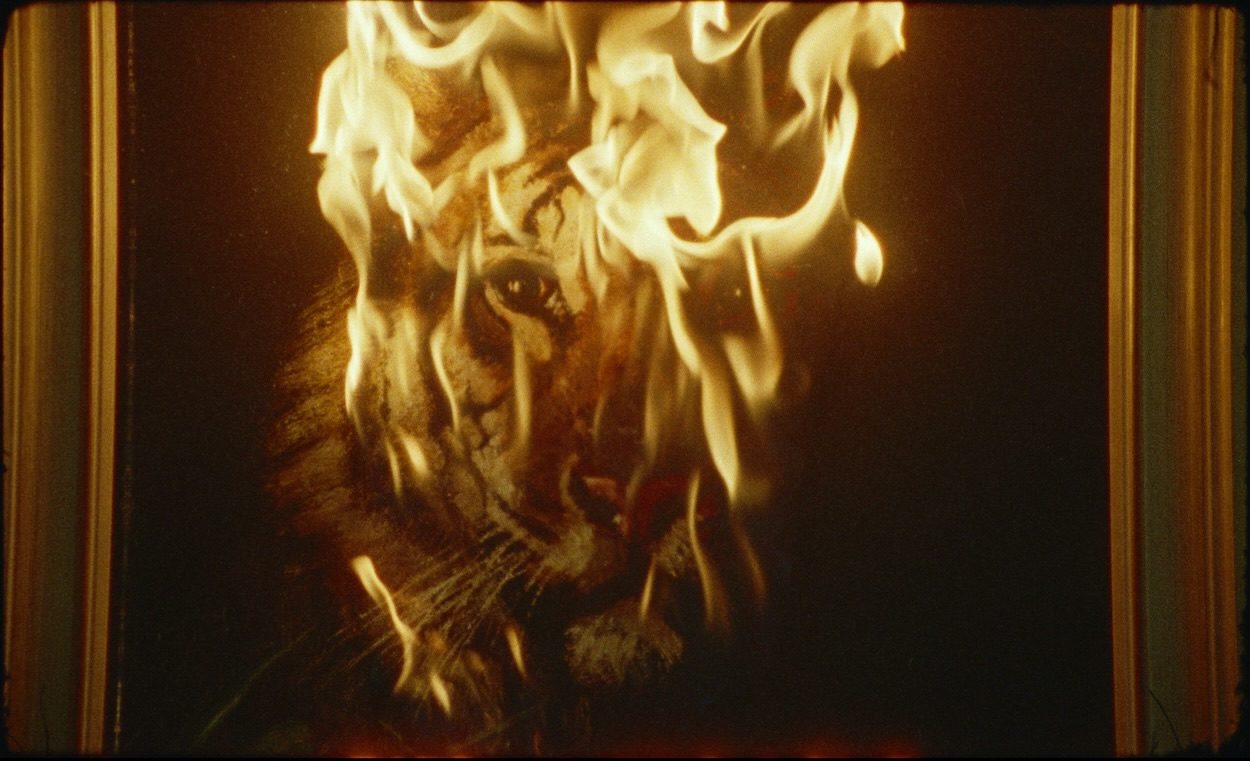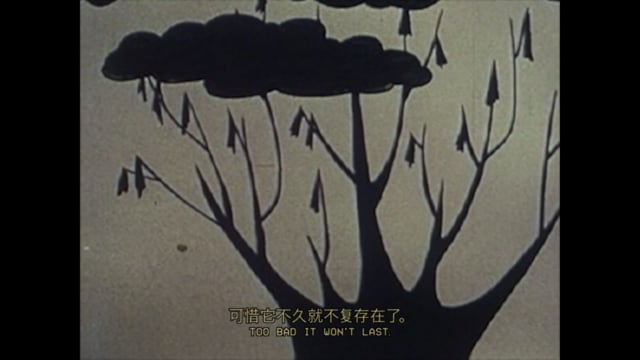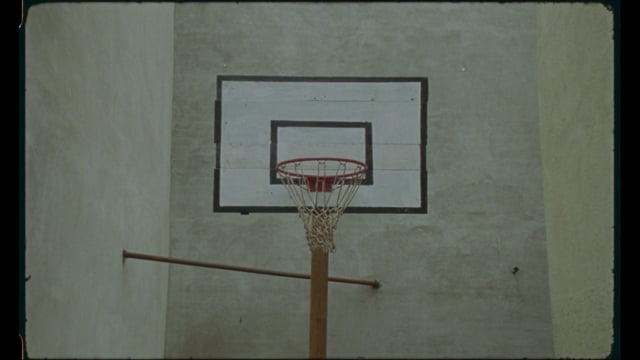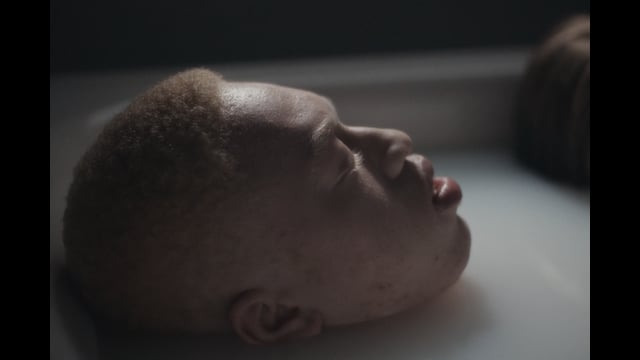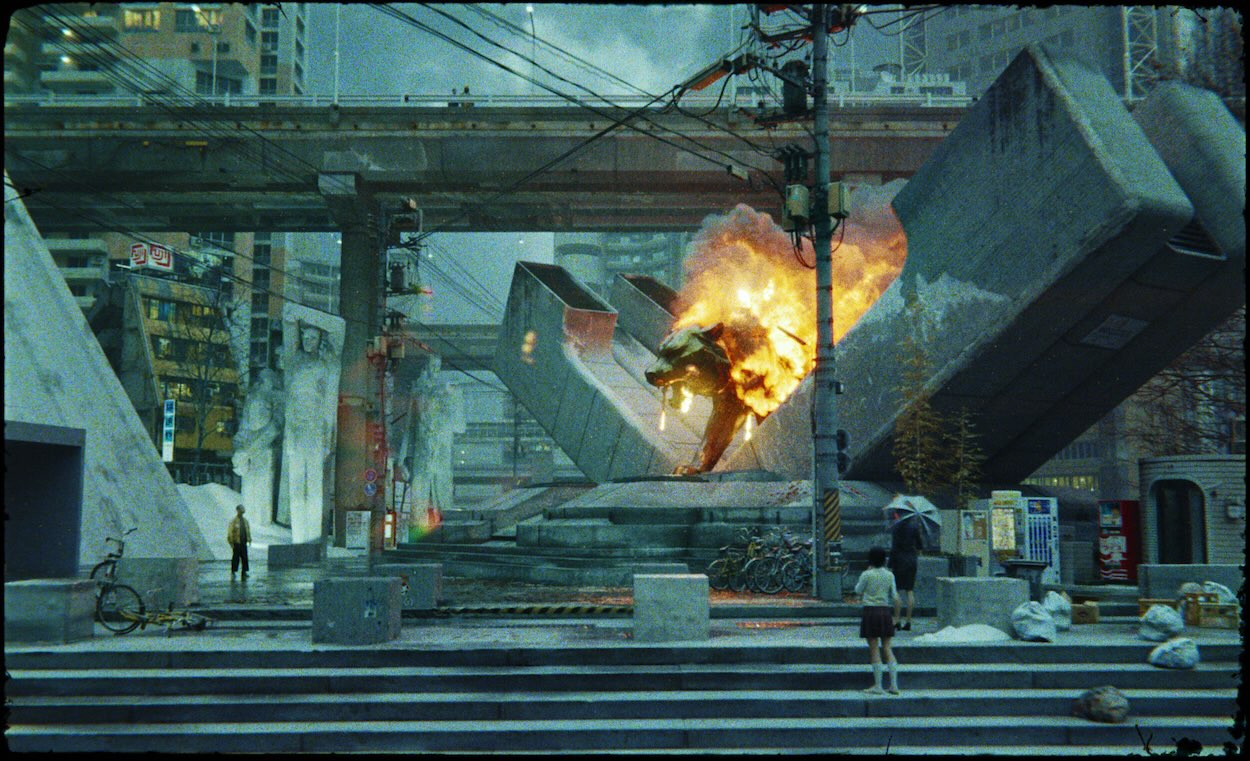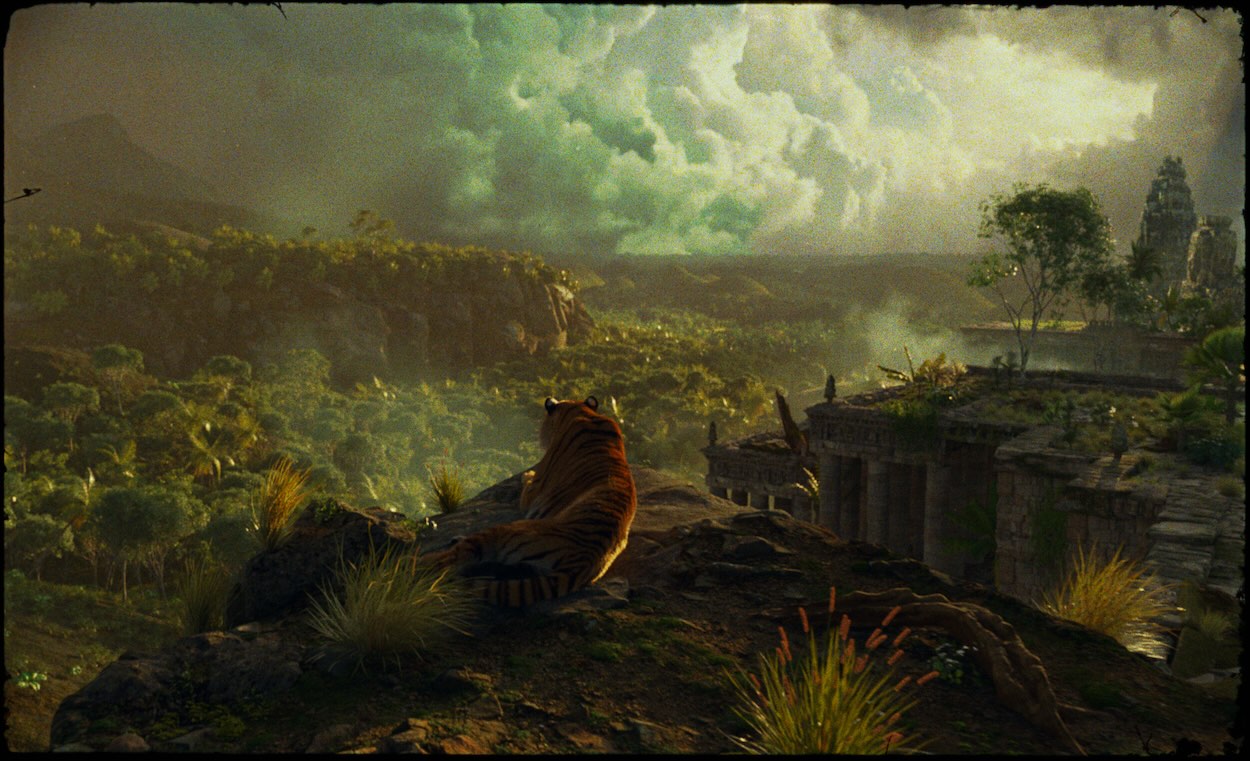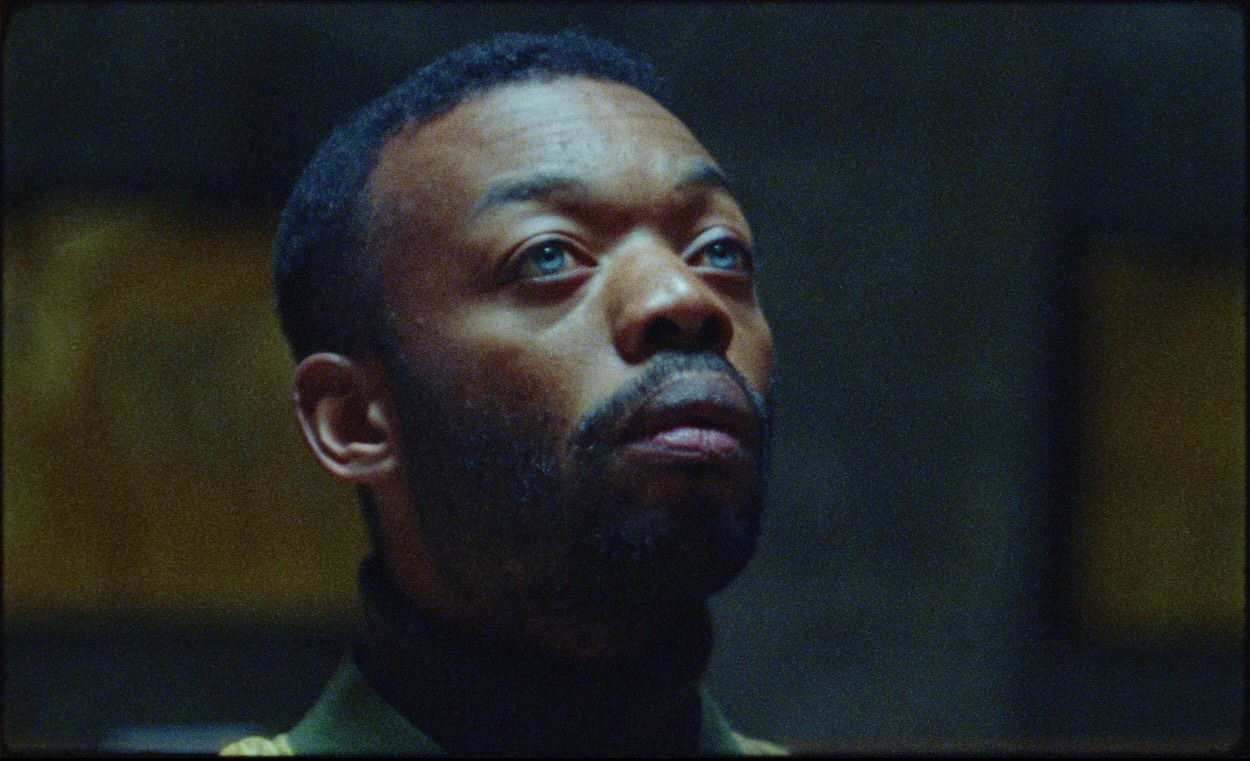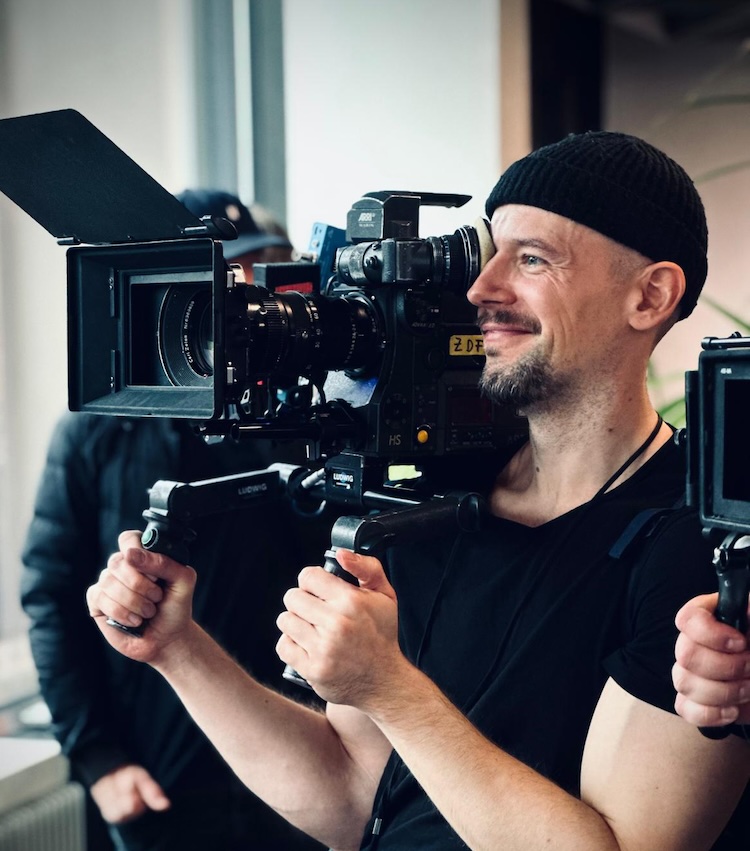What role did creativity play in your childhood? What led you down the path of filmmaking?
I wasn’t one of those kids who picked up a camera early. I was more into football at first, then video games, books, and Disney of course. But what really fuelled my imagination were the European fairy tales our Grandfather used to read to us. He’d put his own spin on them, and his fascination with wild animals rubbed off on me. It led to me to start drawing, but it wasn’t until after high school that I became so interested in film that I picked up a camera myself. I am still enamoured with paintings, concept art and all kinds of visual storytelling, and I see filmmaking as a way to combine all these different art forms.
You studied film at Mainz University of Applied Sciences. What is the most valuable lesson that you learned during your time there, and what’s a lesson that you only learned once you were shooting your own projects?
That’s a tough one. I think I learned that you only get out what you put in. It wasn’t about grades or even a degree, but about making the work you wanted to make. One professor, a multidisciplinary artist, encouraged us to be free and develop our own projects, which was invigorating. His advice wasn’t solely based on filmmaking principles but on his personal understanding of art in general. The lesson I learned after leaving was that “you only get out what you put in” remains true forever – and that it doesn’t get any easier.
Tell us about the concept behind The Tyger?
As long as I can remember, I’ve been fascinated by big cats and our relationship with them, and how cultures worship them but increasingly struggle to co-exist with them. Human-wildlife conflict is on the rise, and we need solutions.
The Tyger, however, looks at a slightly different phenomenon. It is amazing to me how the tiger’s image is used so widely, but the struggles of the animal itself remain a side note. We use its image and its characteristics to sell products, while the production of those very products harms the animal and its habitat. I wanted to expose that contradiction – as consumers we can have a say in what is produced and how.
The idea went through many iterations. At one point, it was more of a narrative film following a protagonist on a surreal journey, but various constraints led me to decide to take a more varied approach, showing vignettes of multiple people and many different products, and keeping the crew extremely small and flexible.
Combining all of the separate clips and elements must have been a mammoth task. Did you have a clear plan prior to gathering your shots, or did the piece only take shape in the edit? With such a limited runtime of 150 seconds, was there anything that you wished you could have included?
I normally approach my projects by shotlisting the whole film in advance and the Tyger was no exception. The overall concept of the film couldn’t be too polished, but several VFX-heavy shots meant that everything had to be planned out prior to the shoot, so I allowed myself some freedom on set to capture something that felt incidental. I opted for shooting mainly on 16mm film, and some parts are even captured on an old hi8 Handycam.
It wasn’t possible to shoot the whole film in one go, so I had the unique opportunity to assemble parts of it before going out to shoot the missing elements, meaning I could rework the shotlist as needed. Ultimately, the film proves the point of how omnipresent the tiger is in our culture, so naturally there was always going to be more I could have included, but I had to be mindful of the flow of the edit.
The Tyger combines environmental activism with art. How do you view the role of film in addressing urgent global issues like species extinction?
The mere fact that the tiger is viewed as the world’s favourite animal but struggles to survive is so contradictory and so fascinating. I can’t imagine losing such an icon to greed, neglect or misconceptions. And this extends to other species and to our shared environment in general too. They are pressing issues that of course find their way into art.
Film in particular is uniquely equipped to allow the audience to learn and engage without placing direct blame – stories can be the most engaging thing there is. They can be a true catalyst for change.
You’re a particular fan of using voiceover in your work. What role does sound design play in your planning for a project?
My relationship with voiceovers is complicated. I love how they can set the mood and add a complementary layer of meaning, but I don’t like using them to explain a story. It’s a fine line. I tend to use existing texts or recordings that predate the film to avoid that trap.
Sound design is something I plan ahead as much as possible. Sound can structure a film, provide contrast, and stimulate on multiple levels. When image, sound, and music work in unison, film excels. I’m always inspired by how animated films meticulously plan every detail in pre-production. It’s a slow process that gives you time to consider every aspect, and treat sound, among other elements, with the attention it deserves. I try to incorporate that into my own work as much as possible.
The Tyger reminded me of the value of skilled sound designers. Not everything you envision works out in the end. Far from it. In this particular case, I was lucky to have Robin and Floyd from Hyve.Audio by my side for this last stretch of post-production, helping me find solutions for the parts of the soundtrack I wasn’t entirely sure about.
With William Blake’s poem behind this film, and with the quotation from Paradise Lost opening “My Kingdom Come” along with the references to the serpent in Genesis, you clearly have a love for poetry and symbolism. Why do you think you are drawn to these metaphors in classic literature?
I wouldn’t consider myself a religious person, but it is true that I am drawn to symbols used in all kinds of stories. Be it religious texts, fables, fairy tales, myths or even poetry. It’s these images I tend to respond the strongest to. For me, Paradise Lost reads in part like an underdog story, which I found very compelling. You can look at these old texts and find meaning in them, connect them to your own experiences in some way.
The Tyger is a poem that was published around 230 years ago. “Tyger, Tyger burning bright“ wasn’t meant to be taken literally, but today it’s truer than ever, with the flames of illegal slash-and-burn clearances destroying tiger’s habitats for the production of consumer goods. In some ways juxtaposition is the height of storytelling, combining certain images in sequence to form the story in the viewer’s mind, but a single image can also hold immense power – metaphors, symbols, icons. They add an additional layer to the work which can be the thing that makes it even more memorable.
Walter Stoehr
Is there anything else you’d like to mention? What are you working on next?
At this moment, I am in the process of storyboarding a short film that will have more of a conventional narrative than the Tyger, with a single protagonist: a female athlete who tries to regain her footing after a series of losses. I’ll be continuing to direct commercials while keeping my eyes peeled for an opportunity to direct a narrative music video. Finding the right artist, track and the appropriate time slot is something I want to tackle in the near future.
Interview by Becca Nichols
INFO:
Walter Stoehr website
@walterstoehr
Simon & Paul website
@simonundpaul
